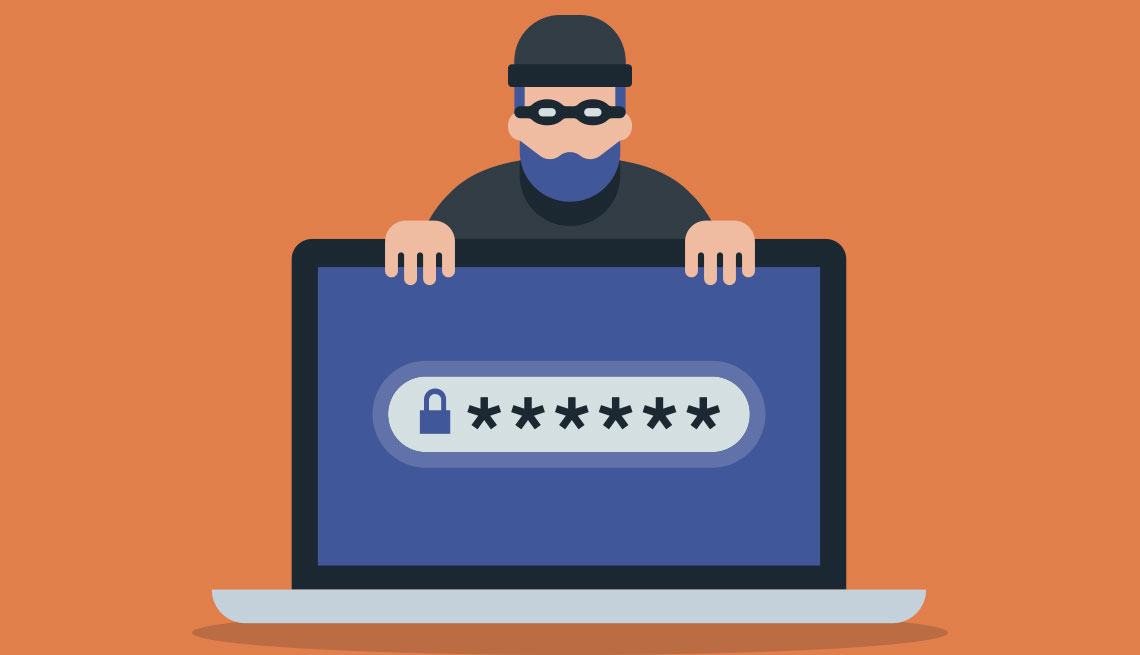Staying Fit
A drill sergeant would shout it out loudly and clearly: “People, strengthen your passwords!” That's a critical recommendation to emerge in an AARP-sponsored report that examined identity fraud and found more than 1 in 4 Americans were hit by identity fraud last year, when losses were almost $17 billion.
Identity fraud is worse than identity theft, which is when your personally identifiable information (PII) is stolen or compromised, as in a data breach. In identity fraud cases, a crook capitalizes on that sensitive data and rips you off or commits a related offense, says Javelin Strategy & Research, which wrote the report after surveying 5,000 adults in the U.S.


AARP Membership— $12 for your first year when you sign up for Automatic Renewal
Get instant access to members-only products and hundreds of discounts, a free second membership, and a subscription to AARP the Magazine.
'Great digital migration'
With loads of shopping and other transactions moving online, especially during the pandemic, what's happening will eventually be described as the “great digital migration,” the report says. And 2019's estimated $16.9 billion in losses could climb as consumers adapt to a “digitally infused lifestyle."
Today, people want contactless, safe and faster personal and financial transactions and, according to the report, the good news is that desire will drive commercial innovation. The bad news: Forecasts call for “increased criminal acts that target consumers and monetize their personally identifiable data,” says the report, entitled “Identity Fraud in Three Acts: A Consumer Guide.” The report focuses on adults 55 and older.




































































